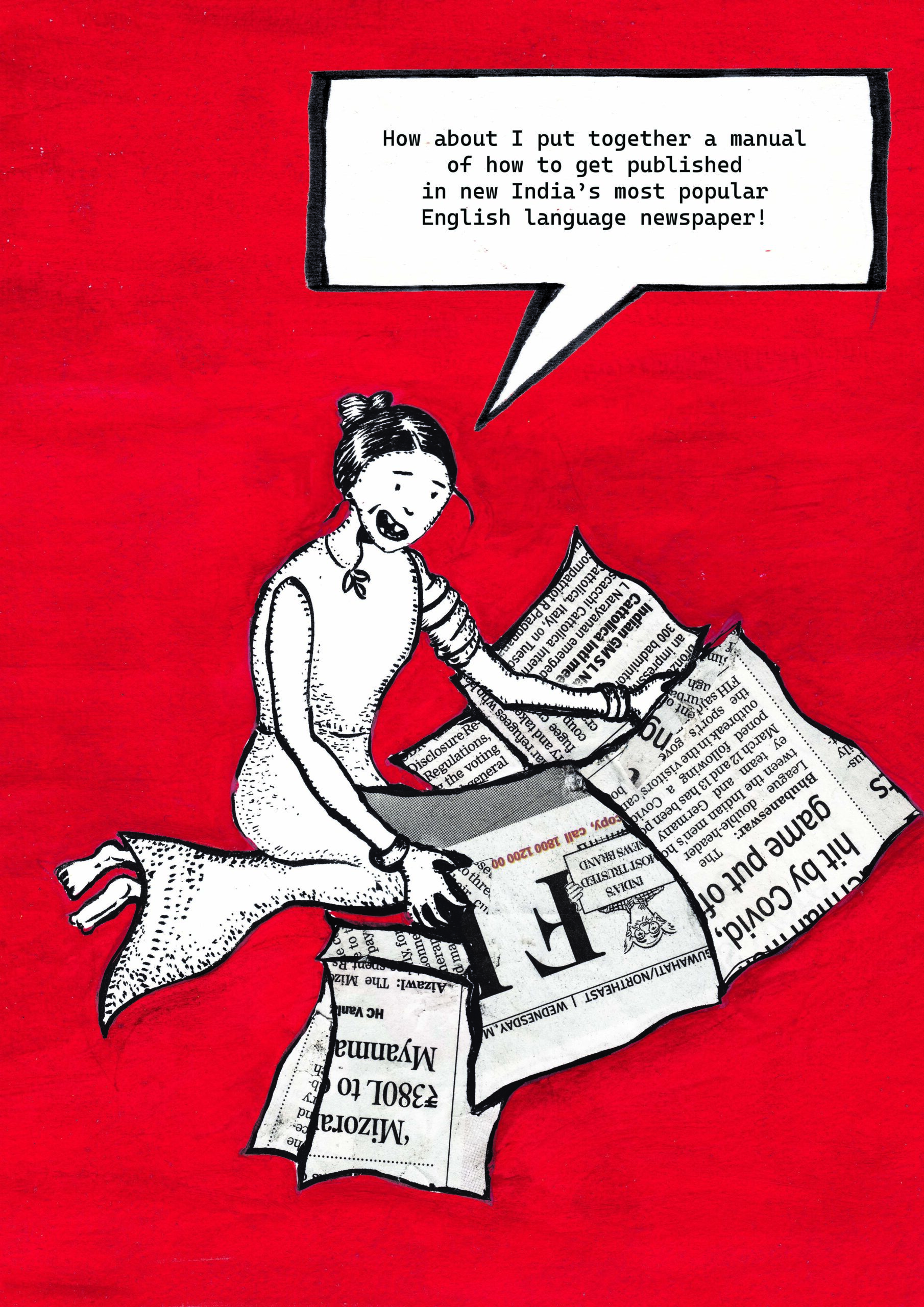
Tired of the same stereotyped images of cowering and terrified women with their hair askew,domineering men gloating over their prey and the graphic and two-dimensional representation of actual acts of violence made us collectively ponder: What could be more meaningful ways of depicting trauma? Is the visual simulation of gendered violence the only way to communicate its seriousness? How realistic must representation be to convey its urgency? Is powerlessness the main motif of sexual violence? Can sinitiatives to pursue dignity and justice emerge only from images that jolt, disgust and disturb? The Hri Institute for Southasian Research and Exchange (a unit of the South Asia Trust) embarked on a unique collaborative adventure to explore the nuances of imagery around sexual violence on women in Southasia. The initiative brought together filmmakers, researchers, activists, graphic novelists, cartoonists and artists to evolve new thinking around the visual representation of gender-based violence in cinema, the media and popular culture. Through this exhibition curated by Laxmi Murthy and Pawas Manandhar, we share glimpses of our journey into exploring the structural roots of sexual violence against women in four countries of Southasia – Nepal, India, Sri Lanka and Bangladesh ,in the hope of generating new explorations and thought. We critically examine, through an intersectional lens, prevailing imagery and discourse around gender inequity and challenge the stereotypical depiction of sexual violence on the female and queer body. Through this series of curated images, we attempt to move toward more empowering visual language that could intervene in the discourse around gender-based violence and justice. We hope to collaboratively catalyse fresh ways of representing violence and justice.